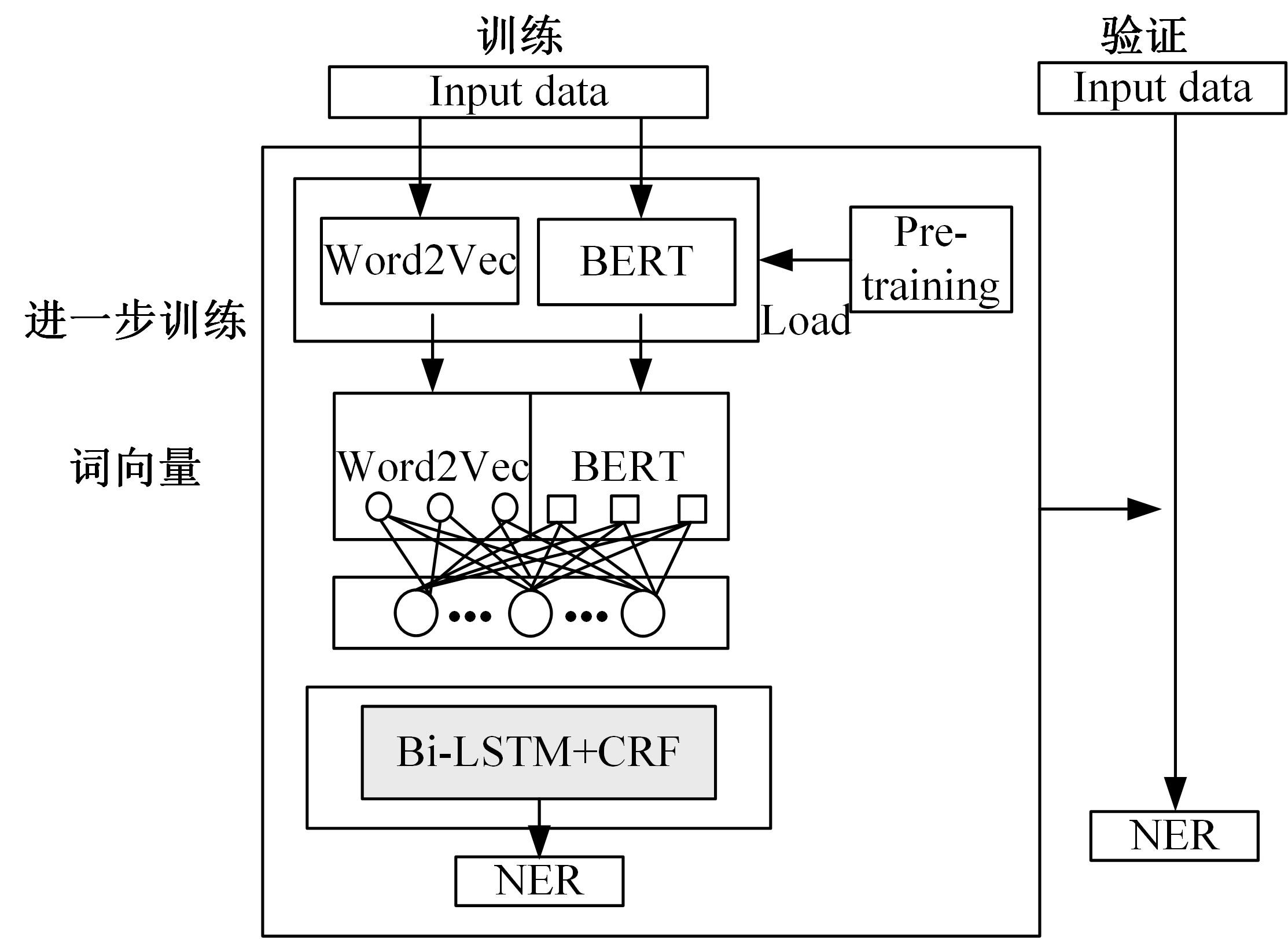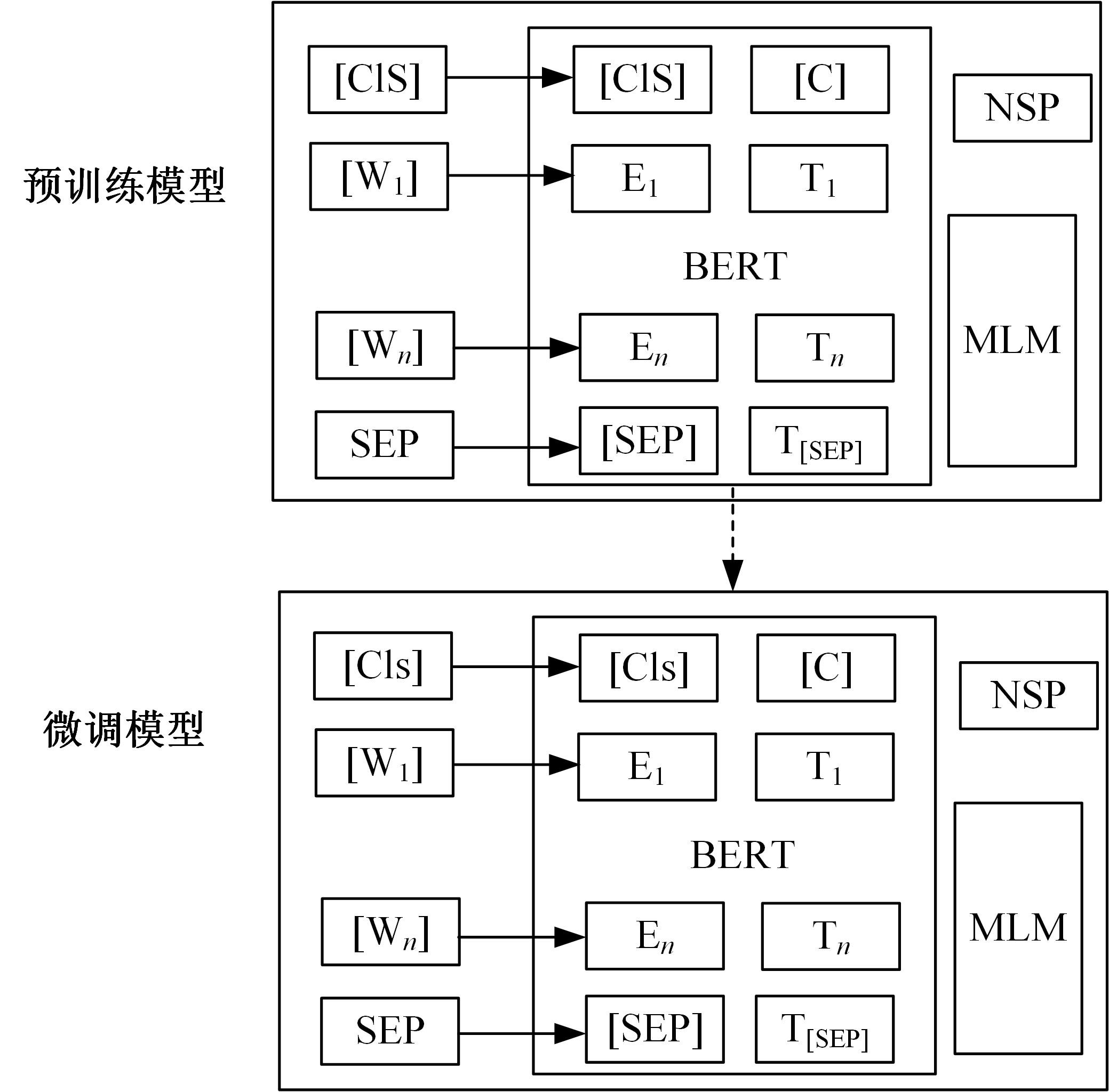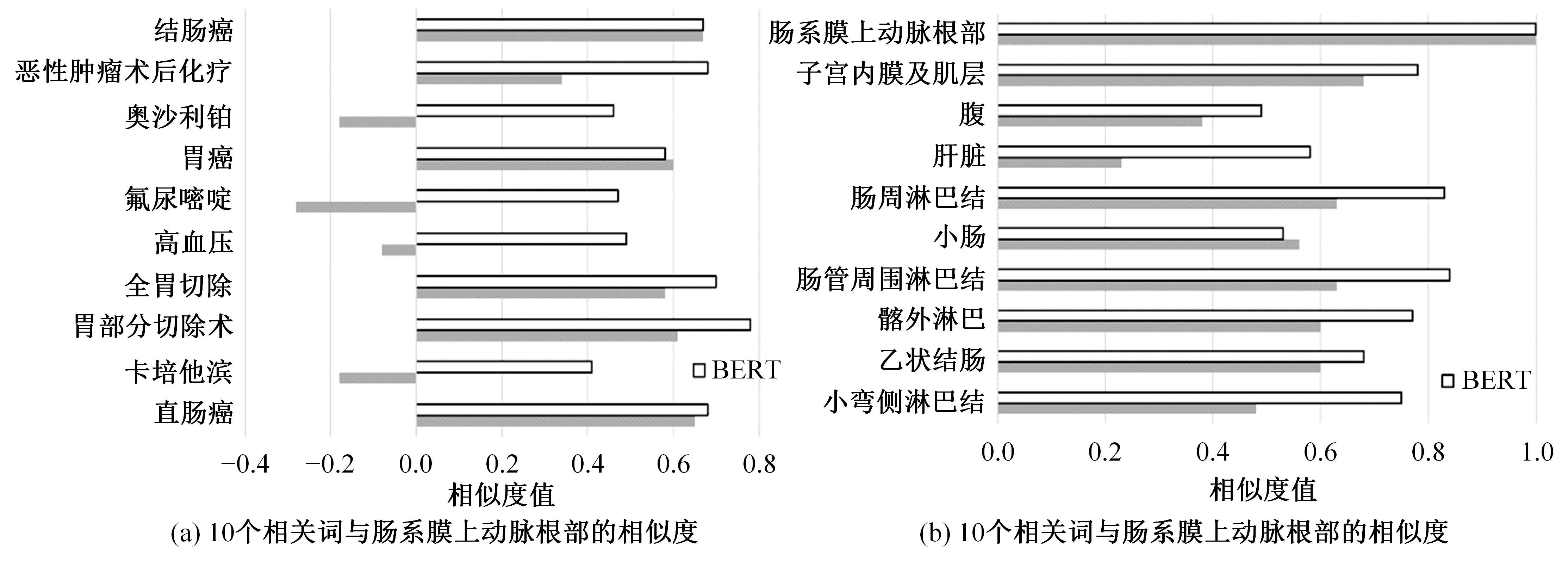Journal of Jilin University(Engineering and Technology Edition) ›› 2023, Vol. 53 ›› Issue (8): 2380-2387.doi: 10.13229/j.cnki.jdxbgxb.20211156
Two-stage learning algorithm for biomedical named entity recognition
Xiang-jiu CHE( ),Huan XU,Ming-yang PAN,Quan-le LIU
),Huan XU,Ming-yang PAN,Quan-le LIU
- College of Computer Science and Technology,Jilin University,Changchun 130012,China
CLC Number:
- TP391.1
| 1 | 何玉洁, 杜方, 史英杰, 等. 基于深度学习的命名实体识别研究综述[J]. 计算机工程与应用, 2021,7(11): 21-36. |
| He Yu-jie, Du Fang, Shi Ying-jie, et al. Review of named entity recognition based on deep learning[J]. Computer Engineering and Application, 2021,7(11): 21-36. | |
| 2 | Campos D, Matos S, Oliveira J L. Biomedical named entity recognition: a survey of machine-learning tools[J]. Theory and Applications for Advanced Text Mining, 2012, 11: 175-195. |
| 3 | Shen J, Wang X, Li S, et al. Exploiting rich features for Chinese named entity recognition[C]∥IEEE International Conference on Intelligent Systems and Knowledge Engineering, Hangzhou, China, 2010: 278-282. |
| 4 | Soomro P D, Kumar S, Banbhrani A A S, et al. Bio-NER: biomedical named entity recognition using rulebased and statistical learners[J]. Int.J. Adv. Comput. Sci. Appl, 2017, 8: 163-170. |
| 5 | Durbin R, Eddy S R, Krogh A,et al. Biological sequence analysis: multiple sequence alignment methods[J/OL]. (2021-05-21). |
| 6 | Zhang Y, Wang X, Hou Z, et al. Clinical named entity recognition from Chinese electronic health records via machine learning methods (Preprint)[J]. JMIR Medical Informatics, 2018, 6(4): 30559093. |
| 7 | 燕杨, 文敦伟, 王云吉, 等. 基于层叠条件随机场的中文病历命名实体识别[J]. 吉林大学学报: 工学版, 2014, 44(6): 1843-1848. |
| Yan Yang, Wen Dun-wei, Wang Yun-ji, et al. Named entity recognition in Chinese medical records based on cascaded conditional random field[J]. Journal of Jilin University(Engineering and Technology Edition), 2014, 44(6): 1843-1848. | |
| 8 | Leaman R, Lu Z. TaggerOne: joint named entity recognition and normalization with semi-Markov models[J]. Bioinformatics, 2016, 32(18): 2839-46. |
| 9 | 潘国巍, 吉久明, 李楠, 等. 基于两类统计机器学习模型的中文化学物质名称识别研究[J]. 现代情报, 2011, 31(11): 163-165. |
| Pan Guo-wei, Ji Jiu-ming, Li Nan, et al. Research on Chinese chemical substance name recognition based on two types of statistical machine learning models[J]. Modern Information, 2011, 31(11): 163-165. | |
| 10 | Cotterell R, Duh K. Low-resource named entity recognition with cross-lingual, character-level neural conditional random fields[C]//Proceedings of the Eighth International Joint Conference on Natural Language Processing, 2017: 91-96. |
| 11 | Feng X, Feng X, Qin B, et al. Improving low resource named entity recognition using cross-lingual knowledge transfer[C]∥Proceedings of the Twenty-Seventh International Joint Conference on Artificial Intelligence Main track, Stockholm, Sweden, 2018: 4071-4077. |
| 12 | Yu H, Mao X L, Chi Z, et al. A robust and domain-adaptive approach for low-resource named entity recognition[C]∥IEEE International Conference on Knowledge Graph, 2020: 297-304. |
| 13 | Fries J, Wu S, Ratner A, et al. Swellshark: a generative model for biomedical named entity recognition without labeled data[J/OL]. arXiv Preprint arXiv:, 2017. |
| 14 | Liu A L, Du J F, Stoyanov V. Knowledge-augmented language model and its application to unsupervised namedentity recognition[J/OL]. arXiv preprint arXiv:, 2019. |
| 15 | Shang J B, Liu L Y, Ren X, et al. Learning named entity tagger using domain-specific dictionary[J/OL]. arXiv preprint arXiv:, 2018. |
| 16 | Xiao Z F. Towards a two-phase unsupervised system for cybersecurity concepts extraction[C]//13th International Conference on Natural Computation, Fuzzy Systems and Knowledge Discovery, Guilin, China, 2017: 2161-2168. |
| 17 | Ji B, Li S S, Yu J, et al. Research on Chinese medical named entity recognition based on collaborative cooperation of multiple neural network models[J]. Journal of Biomedical Informatics, 2020, 104: 103395. |
| 18 | Zhao Q, Wang D, Li J Q, et al. Exploiting the concept level feature for enhanced name entity recognition in Chinese EMRs[J]. The Journal of Supercomputing, 2020, 76: 63991-6420. |
| 19 | Wang Q, Zhou Y M, Ruan T, et al. Incorporating dictionaries into deep neural networks for the Chinese clinical named entity recognition[J]. Journal of Biomedical Informatics, 2019, 92: 103133. |
| 20 | 郭晓然, 罗平, 王维兰. 基于Transformer编码器的中文命名实体识别[J]. 吉林大学学报: 工学版, 2021, 51(3): 989-995. |
| Guo Xiao-ran, Luo Ping, Wang Wei-lan. Chinese named entity recognition based on Transformer encoder[J]. Journal of Jilin University(Engineering and Technology Edition), 2021, 51(3): 989-995. | |
| 21 | Devlin J, Chang M W, Lee K, et al. Bert: pre-training of deep bidirectional transformers for language understanding[OL]. arXiv Preprint arXiv:, 2018. |
| 22 | Mikolov T, Chen K, Corrado G, et al. Efficient estimation of word representations in vector space[OL]. arXiv Preprint arXiv:, 2013. |
| 23 | Lample G, Ballesteros M, Subramanian S, et al. Neural architectures for named entity recognition[J]. arXiv Preprint arXiv:, 2016. |
| 24 | Matthew E P, Mark N, Mohit I, et al. Deep contextualized word representations[OL]. arXiv Preprint arXiv:, 2018. |
| 25 | Zhang S, Zhang X, Wang H, et al. Multi-scale attentive interaction networks for chinese medical question answer selection[J]. IEEE Access, 2018, 6: 74061-74071. |
| [1] | Ya-hui ZHAO,Fei-yu LI,Rong-yi CUI,Guo-zhe JIN,Zhen-guo ZHANG,De LI,Xiao-feng JIN. Korean⁃Chinese translation quality estimation based on cross⁃lingual pretraining model [J]. Journal of Jilin University(Engineering and Technology Edition), 2023, 53(8): 2371-2379. |
| [2] | Lian-ming WANG,Xin WU. Method for 3D motion parameter measurement based on pose estimation [J]. Journal of Jilin University(Engineering and Technology Edition), 2023, 53(7): 2099-2108. |
| [3] | Ze-qiang ZHANG,Wei LIANG,Meng-ke XIE,Hong-bin ZHENG. Elite differential evolution algorithm for mixed⁃model two⁃side disassembly line balancing problem [J]. Journal of Jilin University(Engineering and Technology Edition), 2023, 53(5): 1297-1304. |
| [4] | Jian LI,Qi XIONG,Ya-ting HU,Kong-yu LIU. Chinese named entity recognition method based on Transformer and hidden Markov model [J]. Journal of Jilin University(Engineering and Technology Edition), 2023, 53(5): 1427-1434. |
| [5] | Zhen-hai ZHANG,Kun JI,Jian-wu DANG. Crack identification method for bridge based on BCEM model [J]. Journal of Jilin University(Engineering and Technology Edition), 2023, 53(5): 1418-1426. |
| [6] | Pei-yong LIU,Jie DONG,Luo-feng XIE,Yang-yang ZHU,Guo-fu YIN. Surface defect detection algorithm of magnetic tiles based on multi⁃branch convolutional neural network [J]. Journal of Jilin University(Engineering and Technology Edition), 2023, 53(5): 1449-1457. |
| [7] | Yu JIANG,Jia-zheng PAN,He-huai CHEN,Ling-zhi FU,Hong QI. Segmentation-based detector for traditional Chinese newspaper [J]. Journal of Jilin University(Engineering and Technology Edition), 2023, 53(4): 1146-1154. |
| [8] | Peng YU,Yan PIAO. New method for extracting person re-identification attributes based on multi-scale features [J]. Journal of Jilin University(Engineering and Technology Edition), 2023, 53(4): 1155-1162. |
| [9] | Hong-yang PAN,Zhao LIU,Bo YANG,Geng SUN,Yan-heng LIU. Overview of swarm intelligence methods for unmanned aerial vehicle systems based on new⁃generation information technology [J]. Journal of Jilin University(Engineering and Technology Edition), 2023, 53(3): 629-642. |
| [10] | Ying HE,Jun-song FAN,Wei WANG,Geng SUN,Yan-heng LIU. Joint optimization of secure communication and trajectory planning in unmanned aerial vehicle air⁃to⁃ground [J]. Journal of Jilin University(Engineering and Technology Edition), 2023, 53(3): 913-922. |
| [11] | Zhen-yu WU,Xiao-fei LIU,Yi-pu WANG. Trajectory planning of unmanned system based on DKRRT*⁃APF algorithm [J]. Journal of Jilin University(Engineering and Technology Edition), 2023, 53(3): 781-791. |
| [12] | Bo TAO,Fu-wu YAN,Zhi-shuai YIN,Dong-mei WU. 3D object detection based on high⁃precision map enhancement [J]. Journal of Jilin University(Engineering and Technology Edition), 2023, 53(3): 802-809. |
| [13] | Shan XUE,Ya-liang ZHANG,Qiong-ying LYU,Guo-hua CAO. Anti⁃unmanned aerial vehicle system object detection algorithm under complex background [J]. Journal of Jilin University(Engineering and Technology Edition), 2023, 53(3): 891-901. |
| [14] | Xian-yu QI,Wei WANG,Lin WANG,Yu-fei ZHAO,Yan-peng DONG. Semantic topological map building with object semantic grid map [J]. Journal of Jilin University(Engineering and Technology Edition), 2023, 53(2): 569-575. |
| [15] | Xiao-hu SHI,Jia-qi WU,Chun-guo WU,Shi CHENG,Xiao-hui WENG,Zhi-yong CHANG. Residual network based curve enhanced lane detection method [J]. Journal of Jilin University(Engineering and Technology Edition), 2023, 53(2): 584-592. |
|
||









